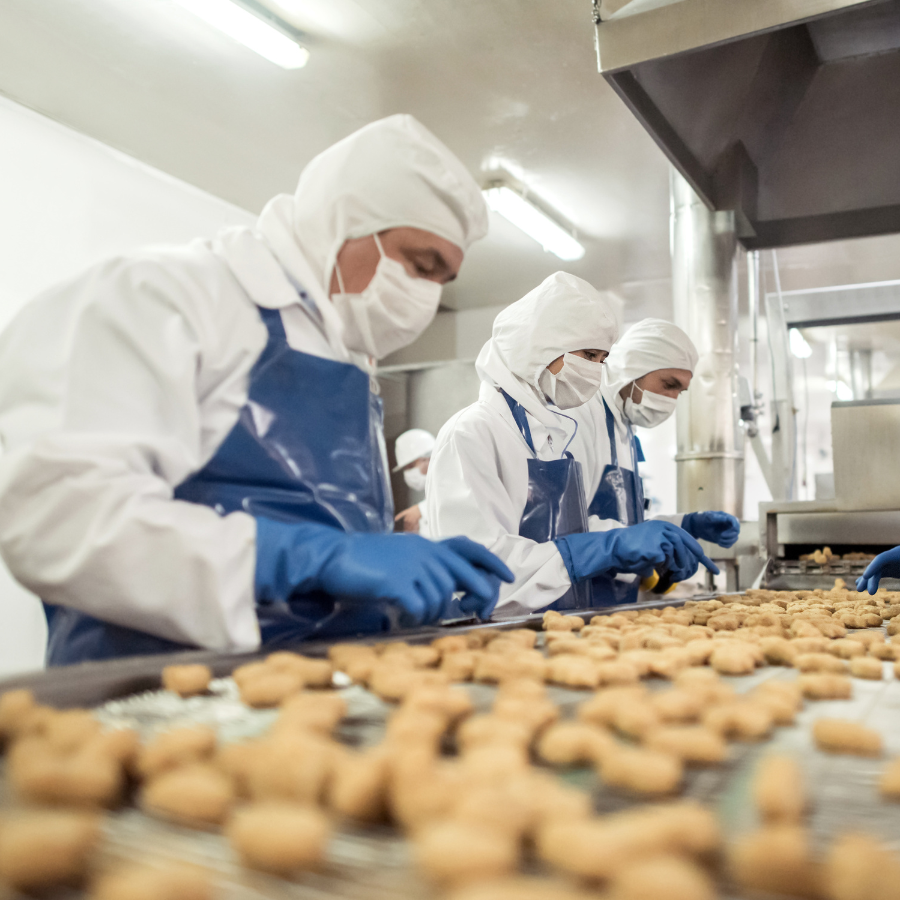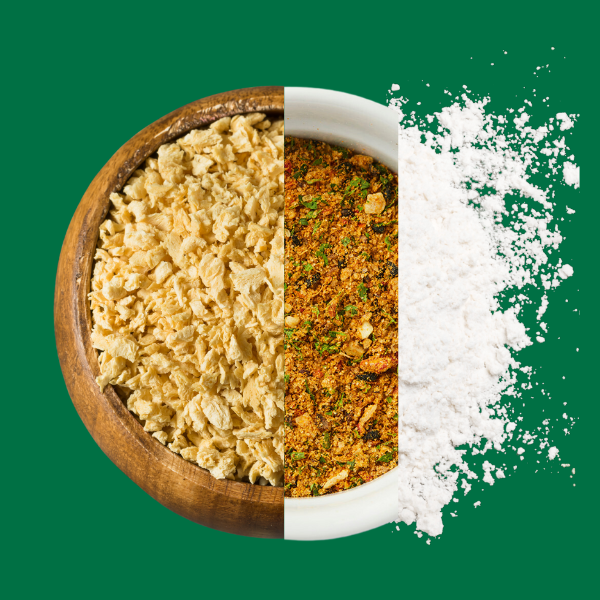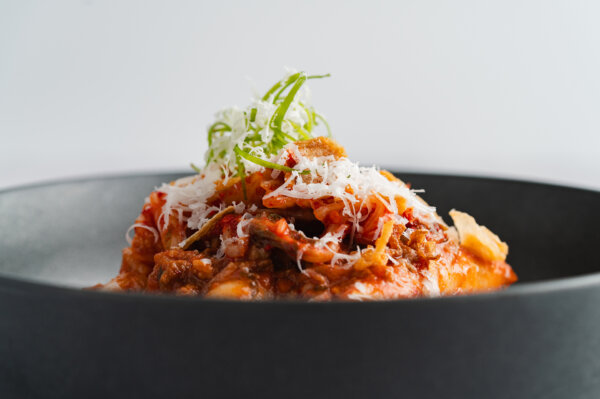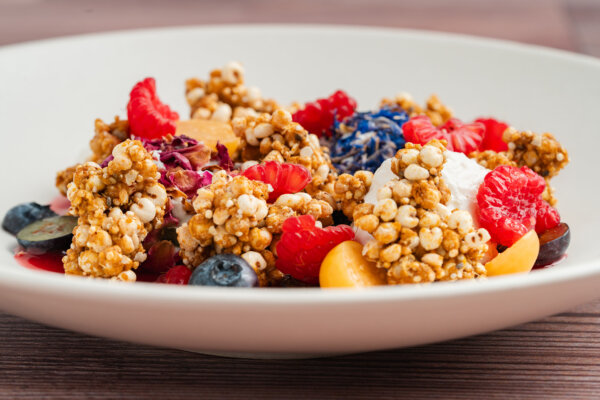
Vegan protein products are popping up like mushrooms in the supermarket these days. Some of them even actually are mushrooms… What are they made of? How are they made? Could we produce them at our company? Why do they often taste and look like meat or fish? Are they good for you? How to prepare them at home?… Many questions arise, at the level of both processors and consumers. We will be covering all these questions and more along the articles of this blog. If you would have more, or other questions, don´t hesitate to reach out to us.
Alternative Protein made easy for processors
Most plant-based or alternative protein products on the shelves at retailers look like meat or fish. They have a similar shape, colour and taste as the actual animal source they aim to mimic. That is no coincidence, as this is done to make it easier for both consumers and processors to switch from animal-based to plant-based sources of protein. In this first article we will focus on the ease of processing a good mimic, while in the coming entries, we will tell you how to make them delicious and increase the engagement of the consumers.
Ease of switching to plant-based protein production
Most of the plant-based alternative protein products currently offered these days often look like their animal-based meat or fish counterparts, because they are produced on the same type of industrial processing line as used for reformed meat or fish products. There is no need for other or more specialized equipment to produce plant-based protein mimics. Hence it can be made easy for processors to make the switch and start producing plant-based protein alternatives.
The next section will dive deeper into some details to clarify what would be needed from an equipment and recipe point of view when hoping or trying to produce mimics.

The recipe
When it comes to the recipe, different options are available to fulfill the consumer needs. For example, it is possible to avoid soy and/or other allergens, or to increase the concentration of certain spices, herbs, or flavours to meet the local preference needs. In addition to taste and texture, the nutritional composition (determining the products nutri-score or traffic-light colours) can also be adjusted, within certain boundaries.

The first step for creating plant-based mimics is obtaining the right dry blend of necessary ingredients, which consists of:
- Proteins: To offer an adequate and nutritional alternative to animal protein, it is recommended to include plant proteins in the blend of ingredients. This can be done in the form of textured protein (also known as TVP) and/or as a protein powder. The proteins can be from one botanical origin, yet it is also possible (and from a nutrition point of view even recommendable) to combine proteins of various plant sources together, like legumes and cereals. The size, color, taste and shape of the TVP have a strong impact on the end properties of the final product.
- Functional ingredients & flavourings: In addition to proteins, also seasonings (spices, herbs, and flavours) and functional ingredients, like binders, stabilizers, preservatives…, are typically present in the mix. Although we acknowledge this may lead to a rather long ingredient list compared to that of animal protein products, this is needed to establish the ease of use in processing and to generate the desired taste and texture for consumers. The ingredients in the blend are carefully selected to give the best quality product texture and taste, based on our century-long experience with actual animal protein.
The process – Manufacturing plant-based protein mimics
To create the end product, all the ingredients have to be mixed together: the seasoned functional binder, proteins, maybe some extra plant-based fat or oil, and water. Together, they will form a ´dough´. After a hydration or resting time, this dough can be further subjected to forming, coating, heat-setting and/or cooling steps, adjustable to the processors´ wishes, possibilities and needs. The dough is very versatile: it can be packed in its raw or cooked form, or it can also be marinated, coated, steamed, fried, grilled, frozen, packed under modified atmosphere…
Apart from the processing sequence, the product shape and size can obviously also be readily adapted to the processors´ and customers´ liking. Irrespective of the process steps selected, a dough temperature of 0-2 degrees C is advised to facilitate the shaping process, and a core temperature of 72-75 degrees C during the heating step (frying and/or cooking) is recommended to properly heat-set the product.

It needs to be highlighted that in plant-based blends, many ingredients interact with one another. A slight variation in one ingredient can make or break the water absorption or cohesiveness and firmness of the dough, affecting the overall ease of processing and impacting the end result significantly. By working with a product development partner with experience and knowledge on blends for alternative proteins, the right recipe for your new plant-based mimic, with the properties of your liking, can be co-created.
Conclusion
Apart from the initial unfamiliarity with the product, there really is no reason NOT to try and produce plant-based meat or fish mimics. We do the difficult part and make it easy for you! The preferred protein source combined with our expertise in seasoned binders, flavours and texture will allow processors to use the equipment, processing steps, packaging, and shelf-life methods they know all too well, and that will give consumers a similar eating experience with plant-based products as that of actual animal-based meat or fish.

At Griffith Foods, we help processors obtain the customized dry blend that will lead to a product with the desired taste, texture and appearance. We have developed the needed expertise to create blends that deliver a great taste, while bringing the texture that is both required for the right processability of the dough and for the desired mouthfeel of the end product.
Feel free to send us a note at proteins@griffithfoods.com if you would have any question.




